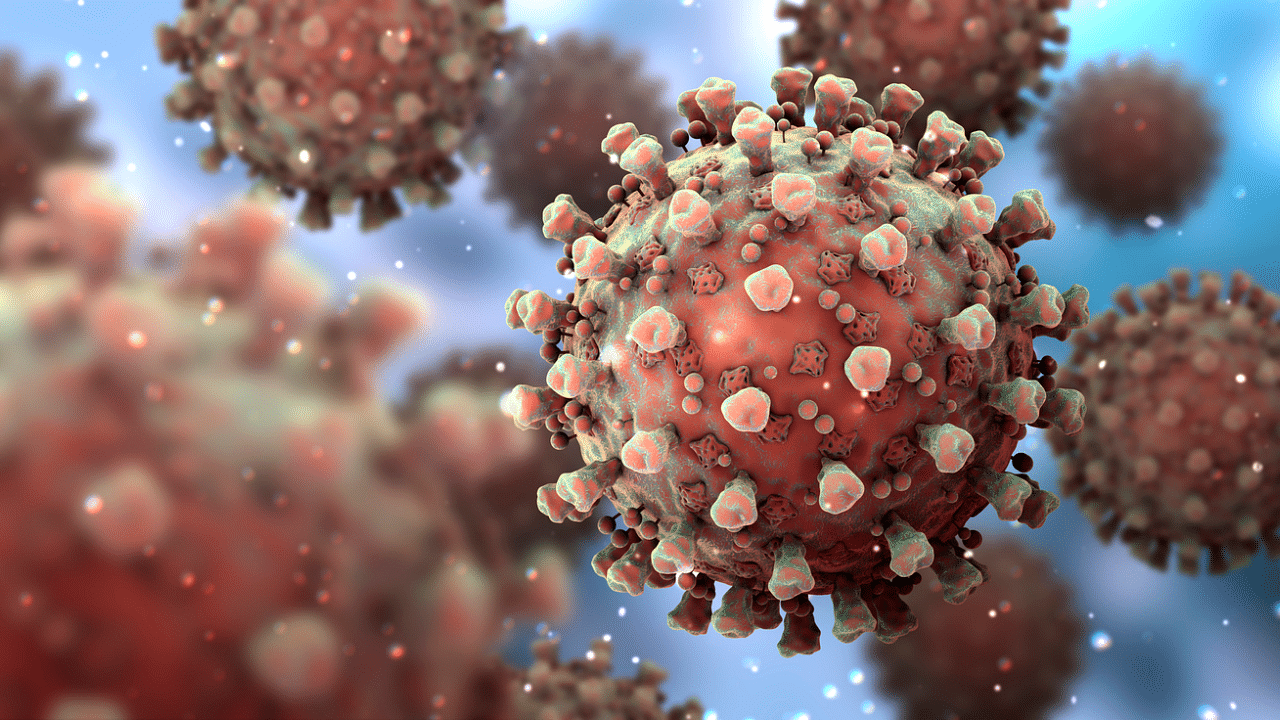
Researchers have developed a new treatment that appears to stop the reproduction of the viruses which cause Covid-19 and flu and can be delivered to the lungs via a nebulizer, making it easy for patients to self-administer at home.
The treatment also appears to be effective against the new highly contagious variants of the novel coronavirus that are circulating around the world, the researchers said.
The therapy, described in the journal Nature Biotechnology, is based on CRISPR technology, which is normally used to target and edit specific portions of the genetic code -- the way that the four bases of DNA -- A, C, G and T -- are strung together.
The researchers at the Georgia Institute of Technology and Emory University, US, used the technology to code for a protein called Cas13a that destroys parts of the RNA genetic code which viruses use to replicate in cells in the lungs.
"In our drug, the only thing you have to change to go from one virus to another is the guide strand -- we only have to change one sequence of RNA," said Philip Santangelo, the study's corresponding author.
"We went from flu to SARS-CoV-2, the virus that causes Covid-19. They're incredibly different viruses. And we were able to do that very, very rapidly by just changing a guide," he said.
The guide strand is a map that basically tells the Cas13a protein were to attach to the viruses' RNA and begin to destroy it.
Santangelo's team tested its approach against flu in mice and SARS-CoV-2 in hamsters.
In both cases, the researchers said, the sick animals recovered.
It's the first study to demonstrate the Cas13a protein is effective at stopping the replication of SARS-CoV-2, they said.
The key to that broad effectiveness is the sequence of genes the researcher's target.
"In flu, we're attacking the polymerase genes. Those are the enzymes that allow the virus to make more RNA and to replicate," said Santangelo.
The researchers looked at the genetic sequences of prevalent flu strains over the last 100 years and found regions of RNA that are unchanged across nearly all of them.
Likewise, in SARS-CoV-2, the sequences they targeted so far remain unchanged in the new variants.
Daryll Vanover, a research scientist in Santangelo's lab, noted that the approach means the treatment is flexible and adaptable as new viruses emerge.
"If you're really trying to think of something that's going to be a treatment that someone can actually give themselves in their own house, the nebulizer we used is not terribly different from one that you can go buy at a pharmacy," Santiago said.
The researchers said that more work needs to be done, especially understanding more about the specific mechanisms that make the treatment effective.
The approach has produced no side effects in the animal models, but they want to take a deeper look at safety as they consider moving closer to therapy for human patients.